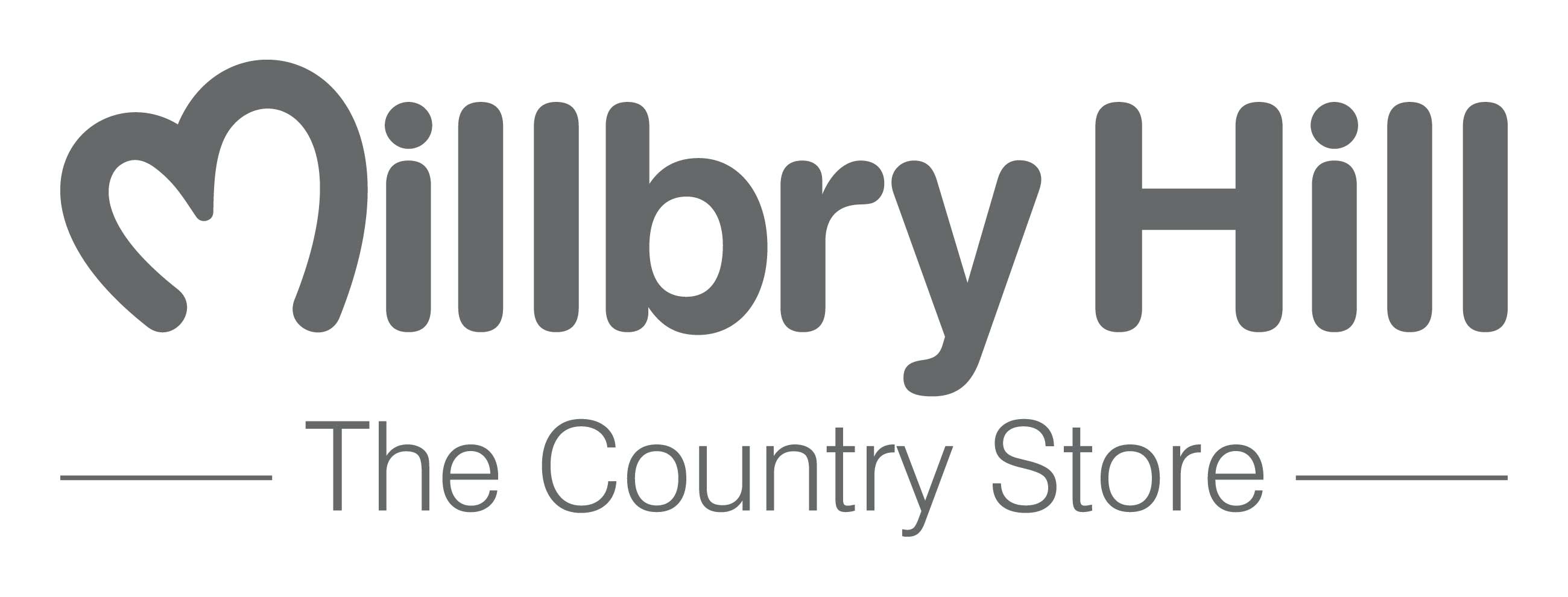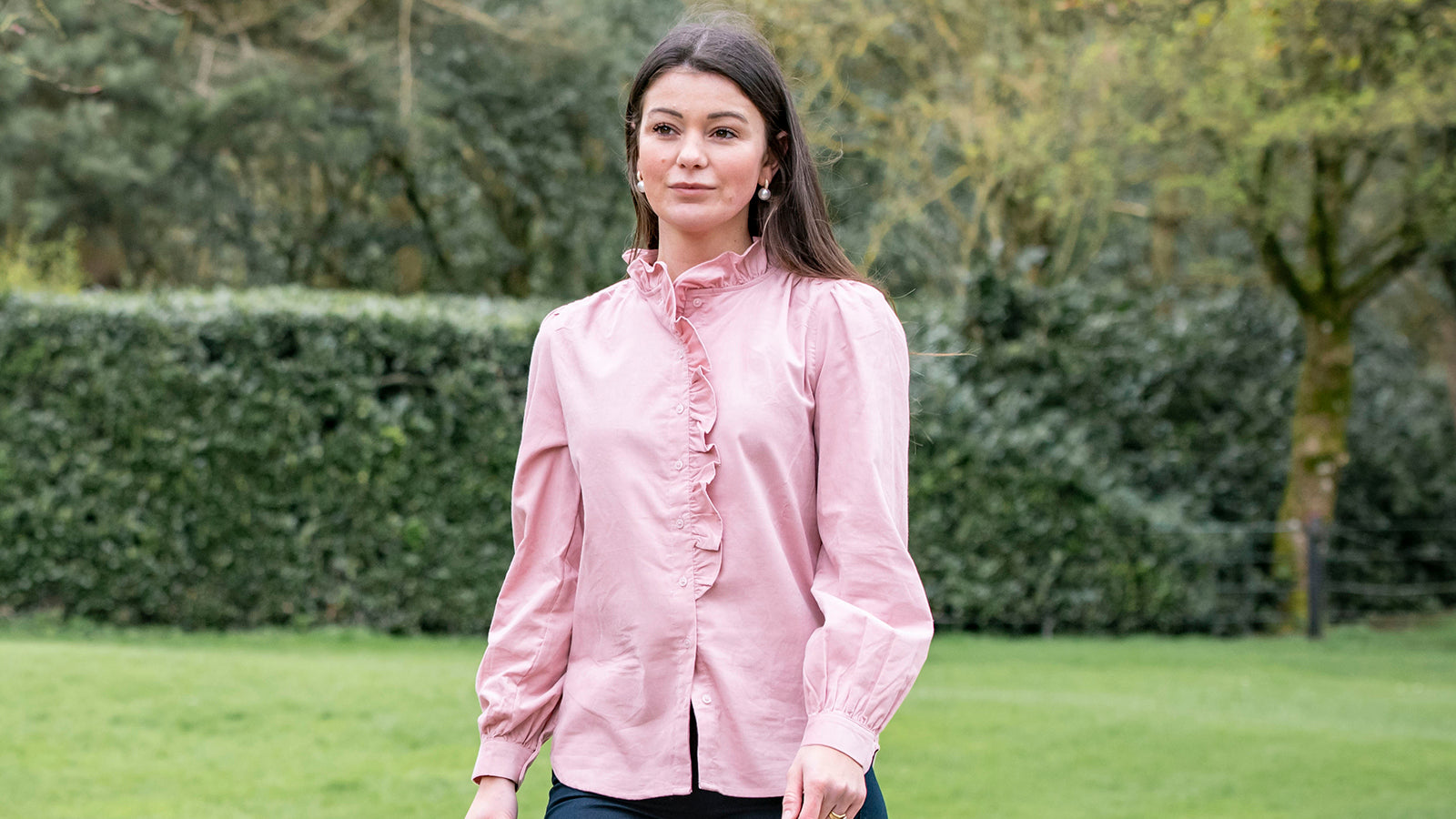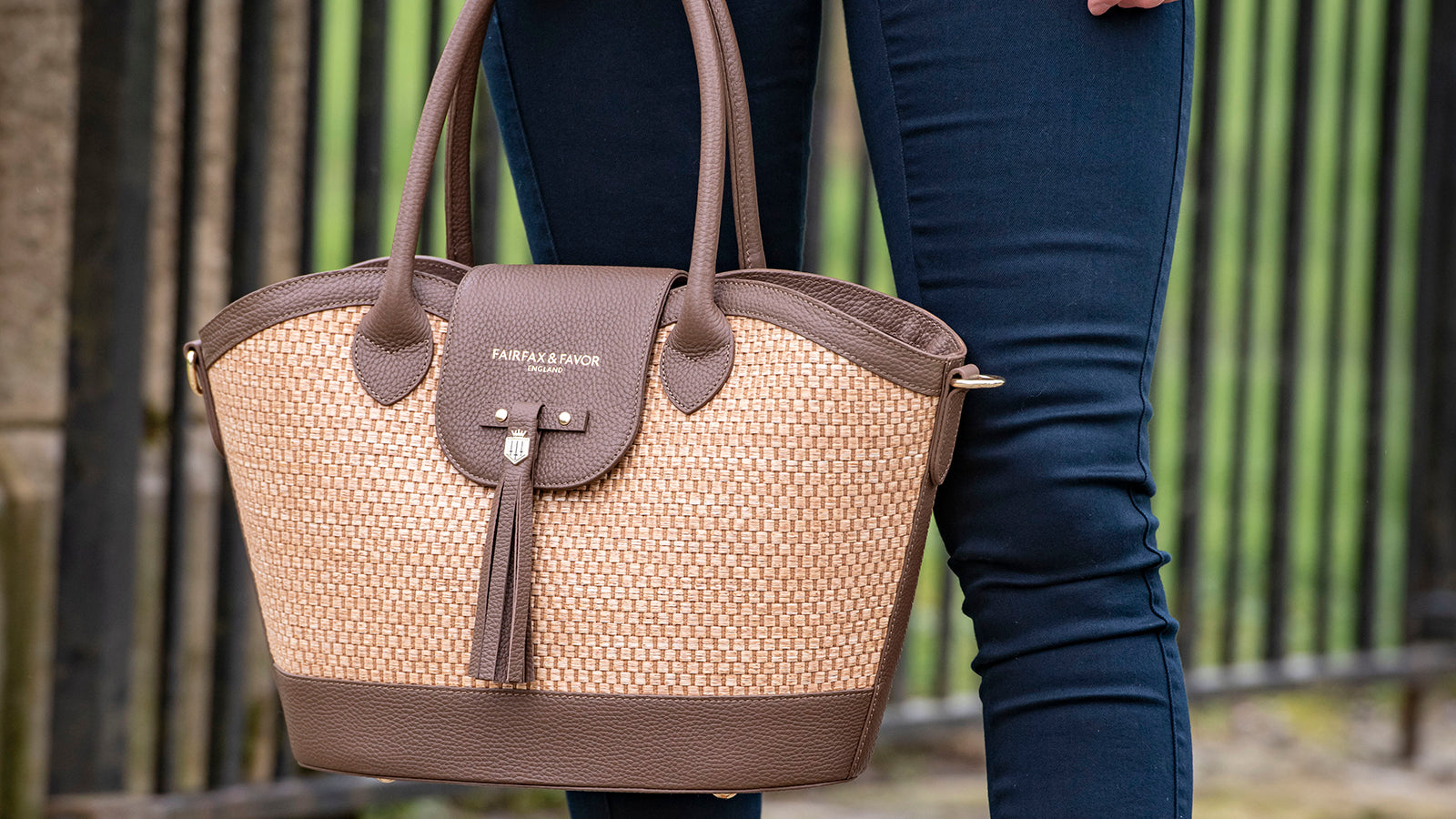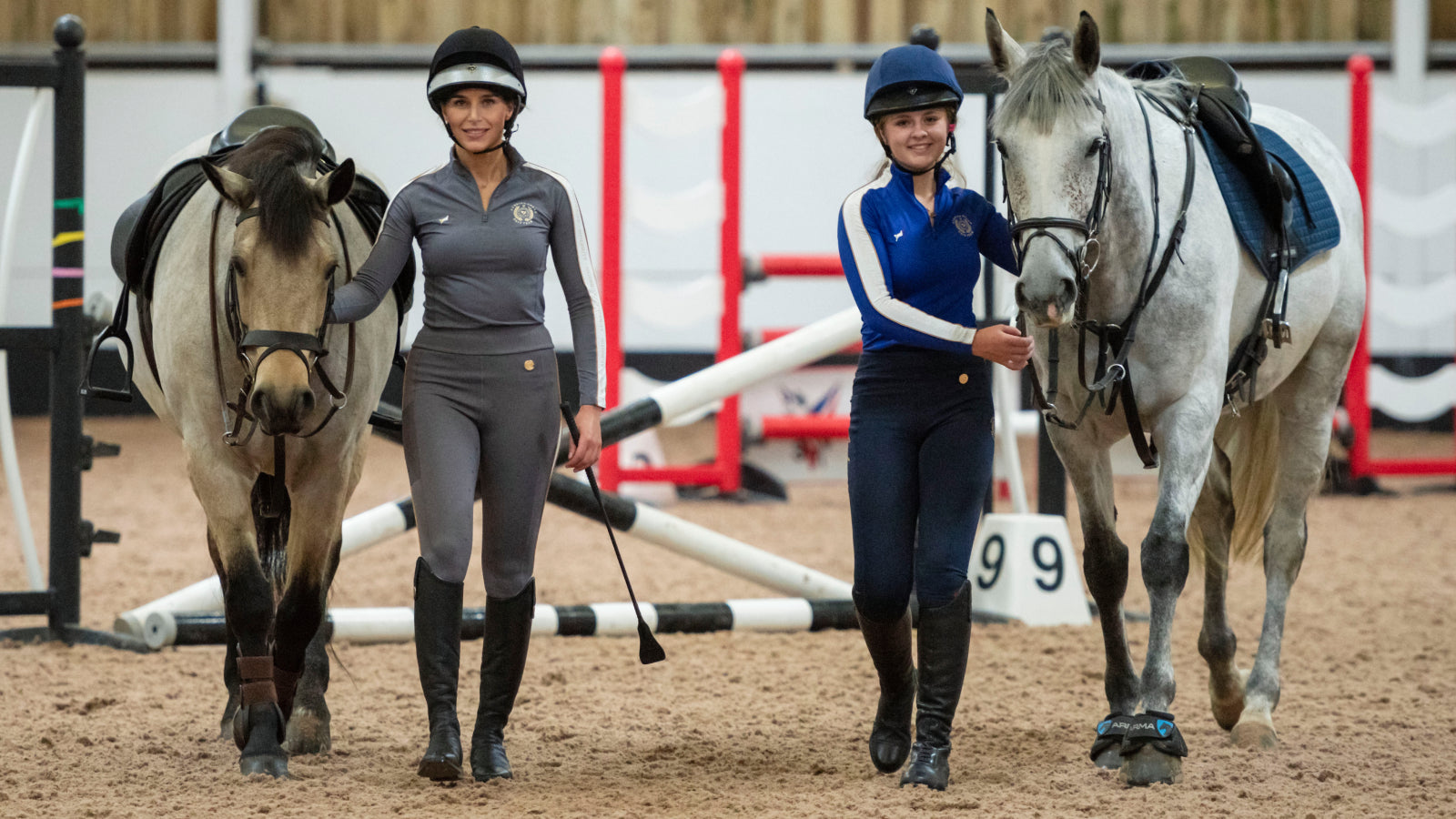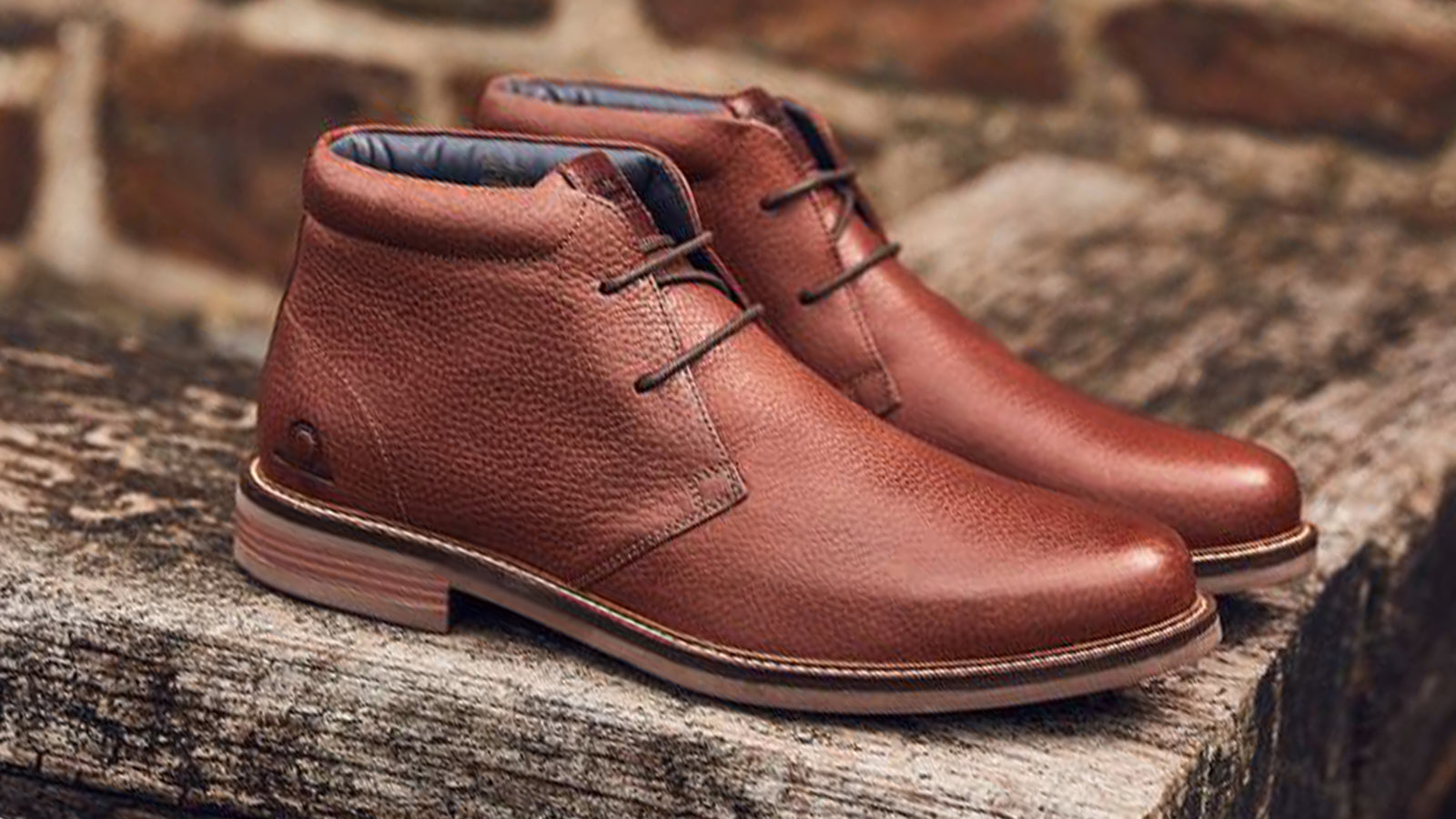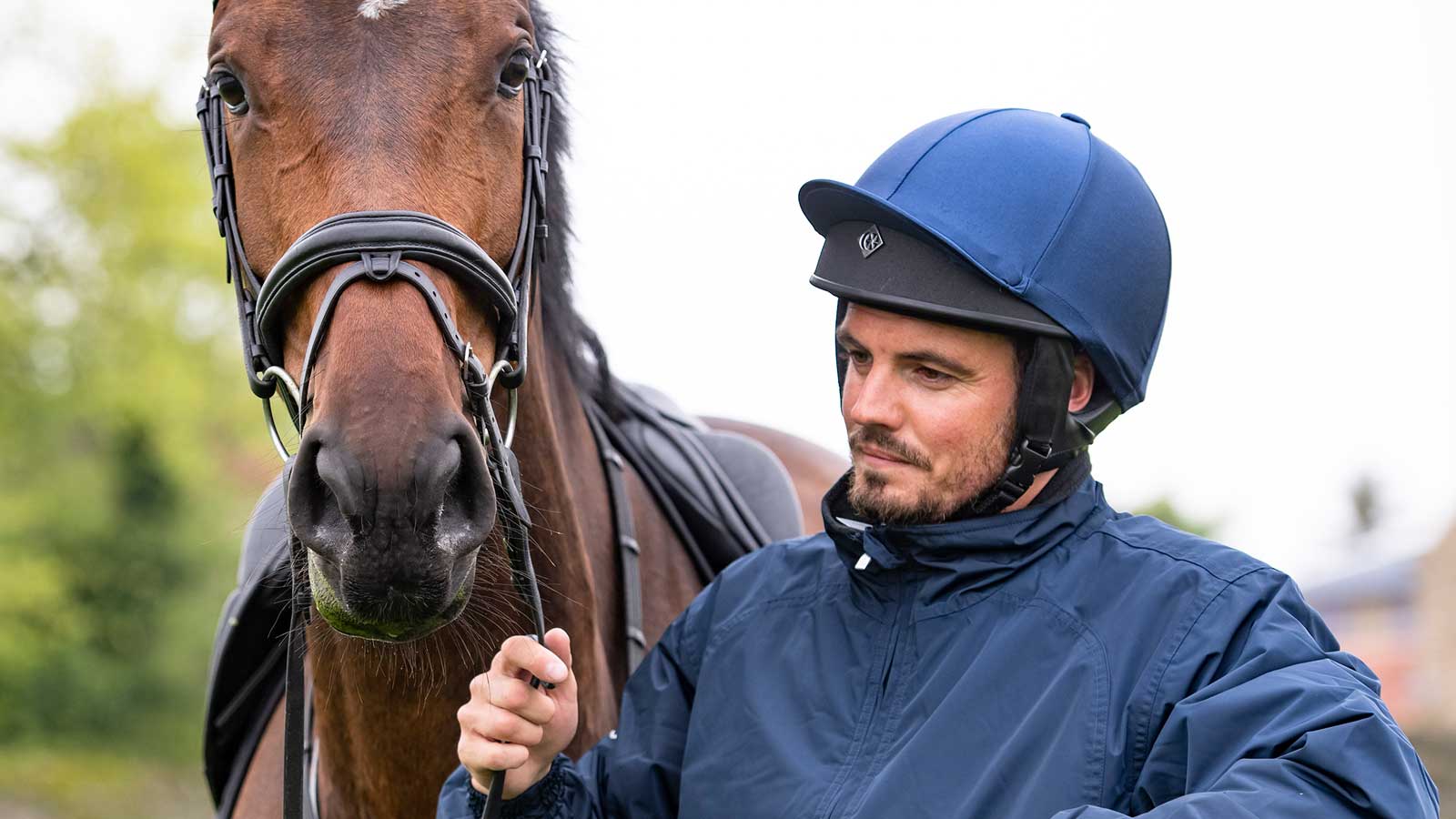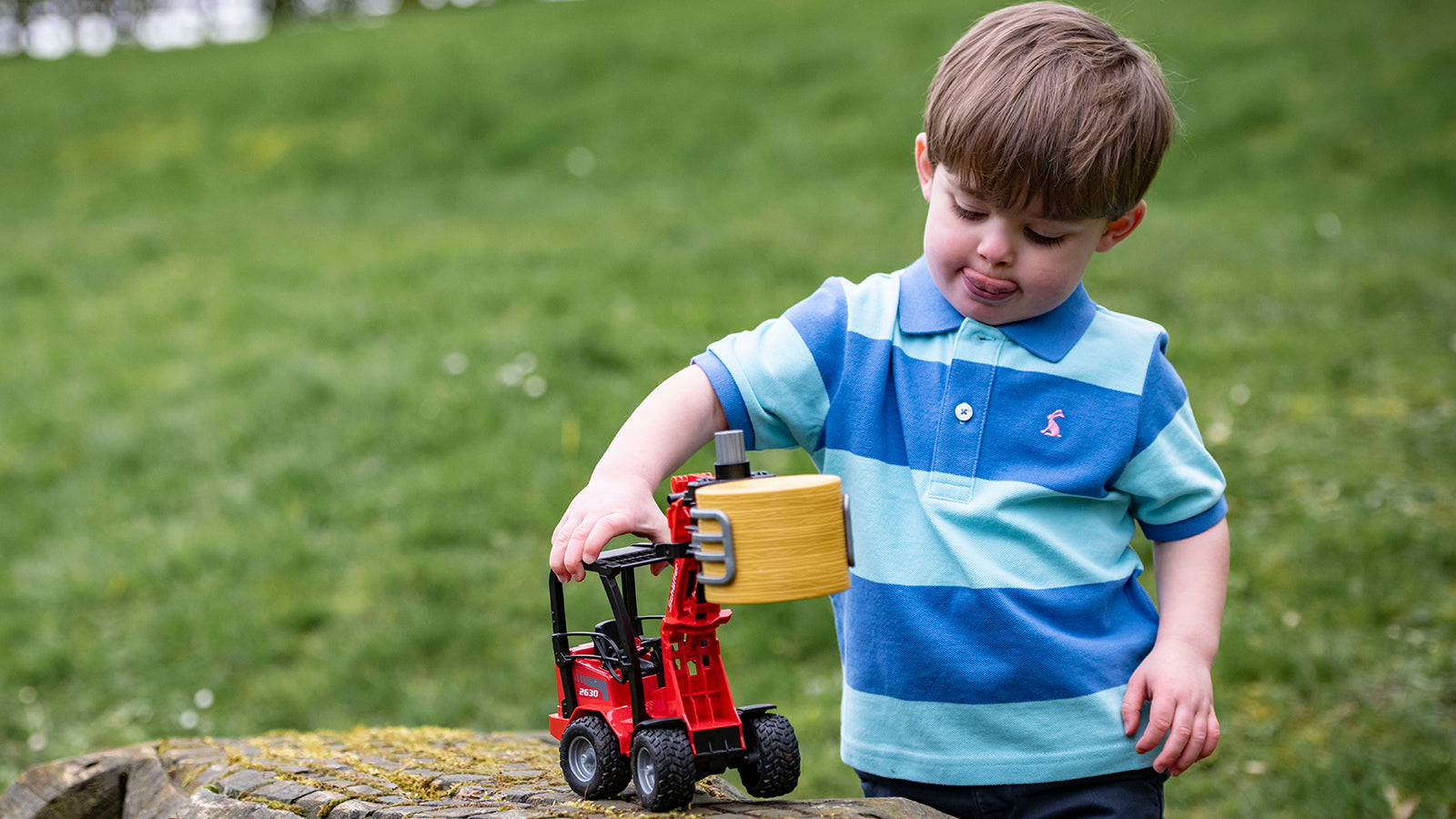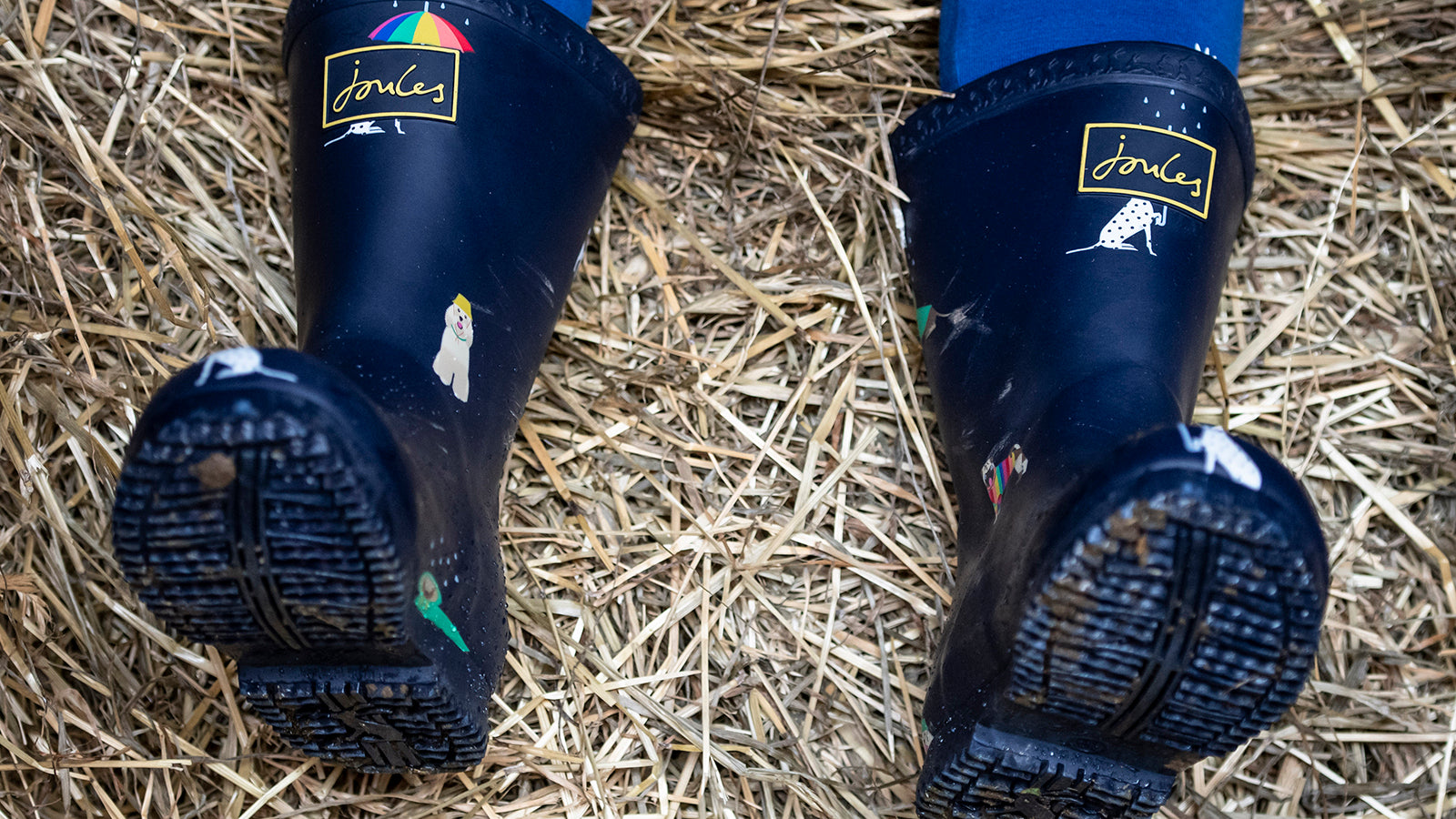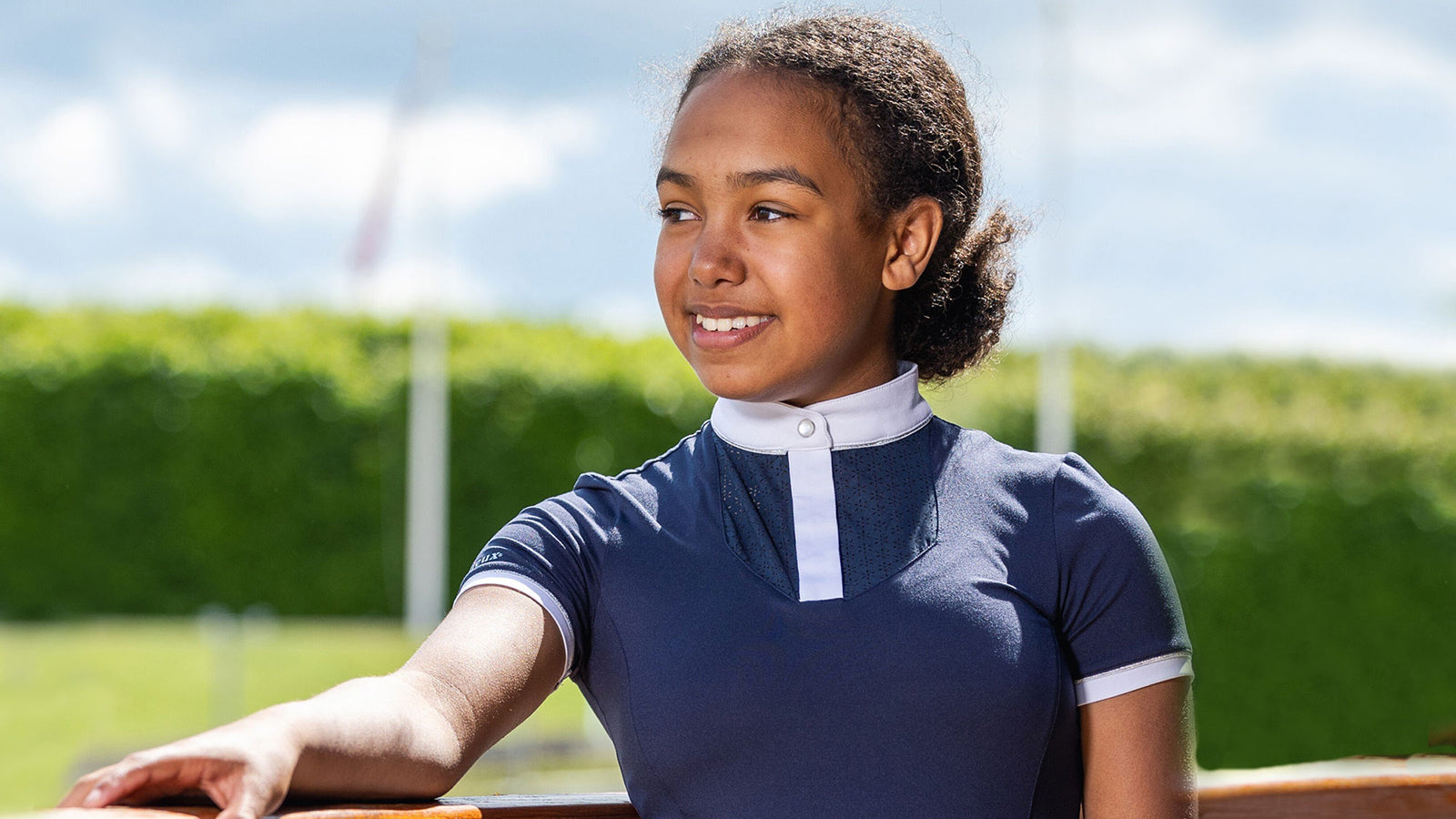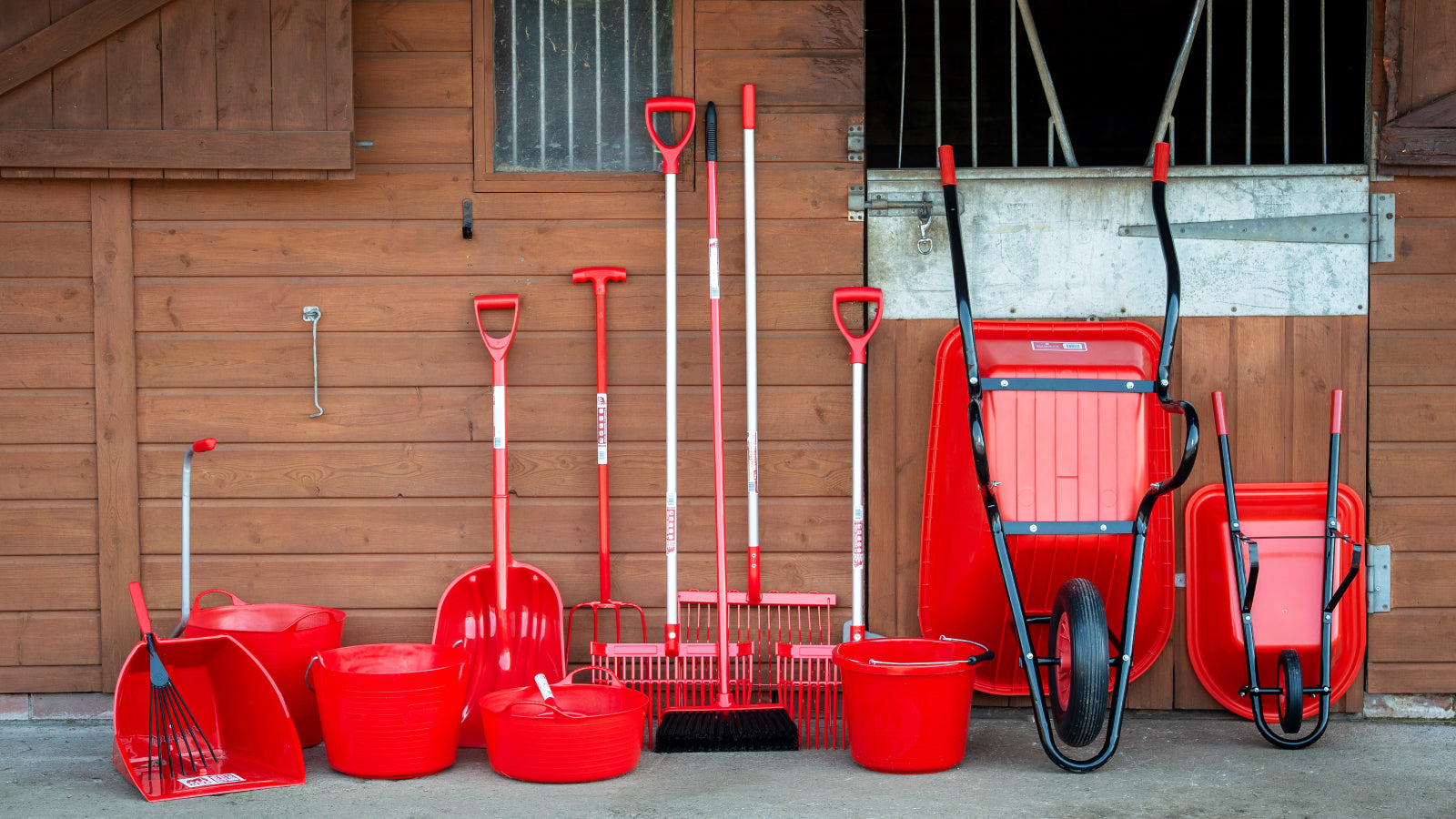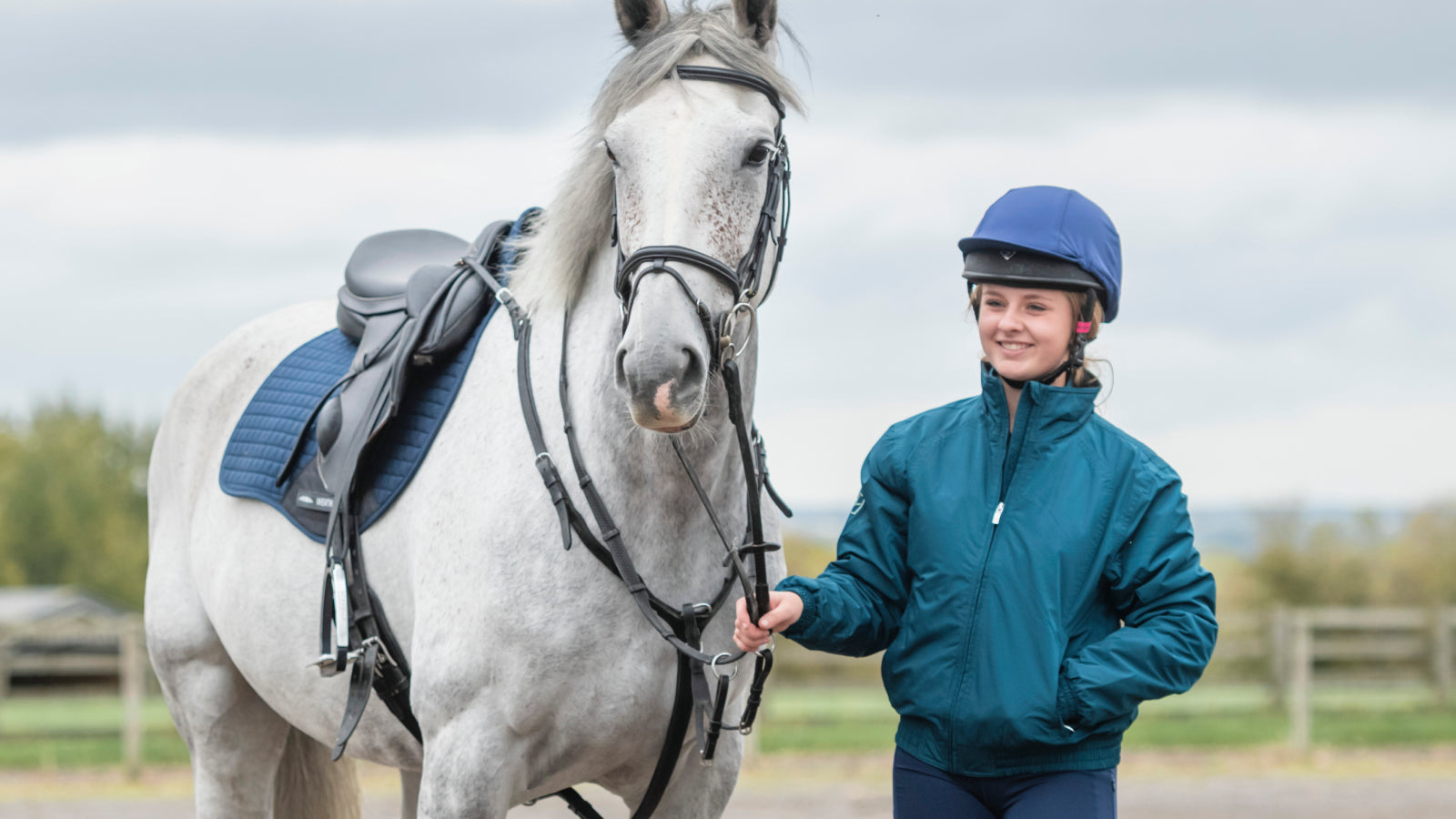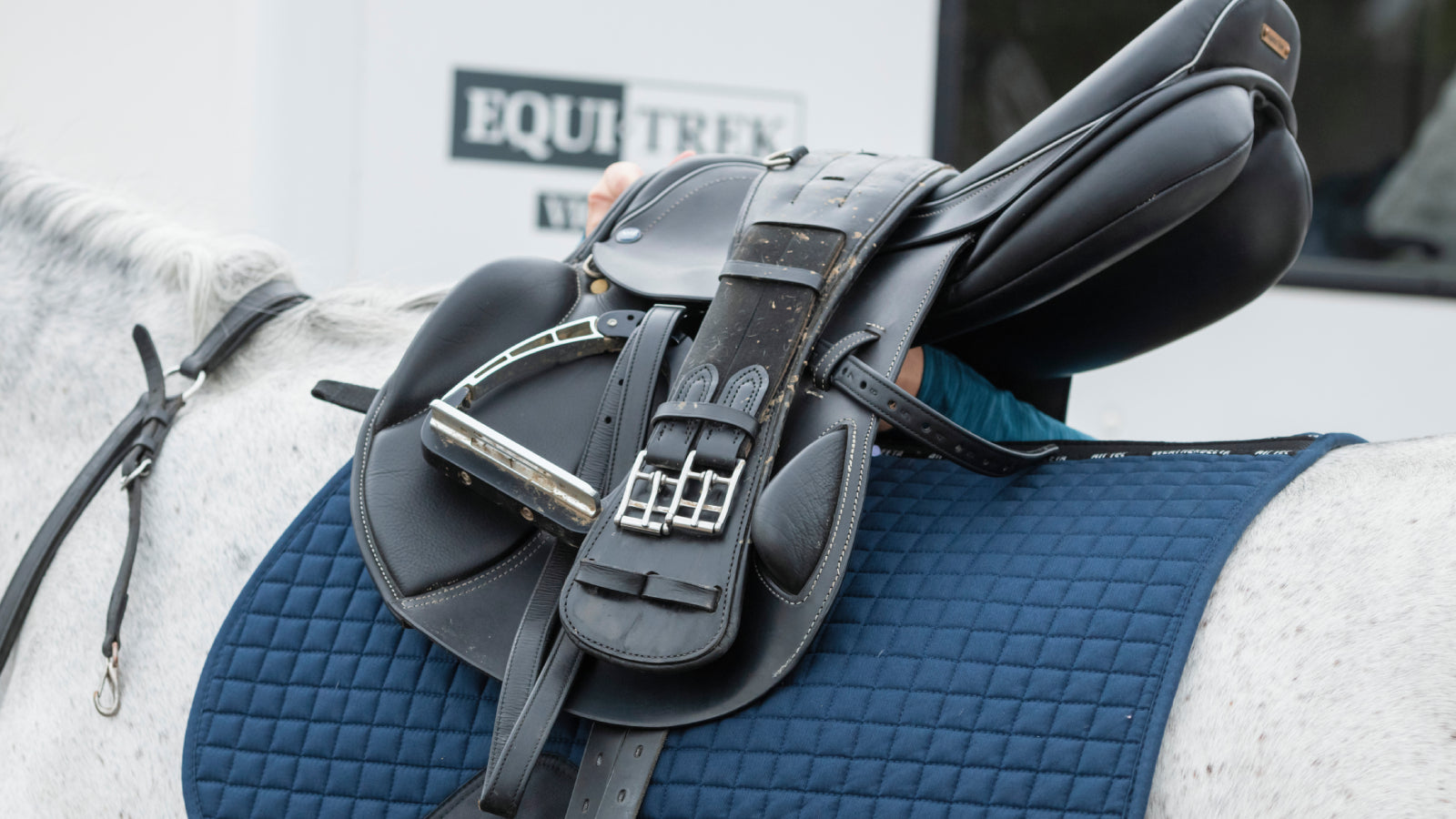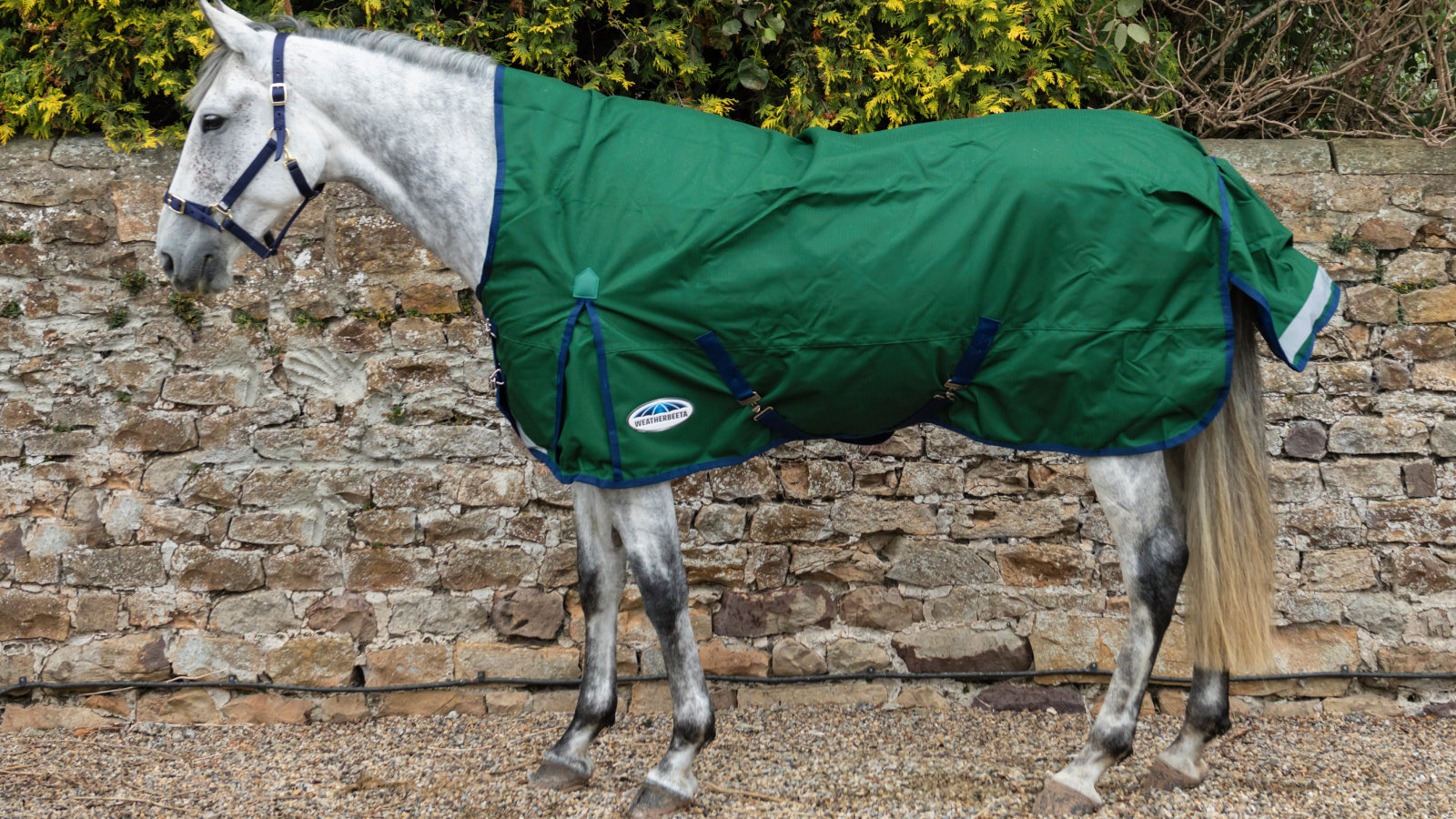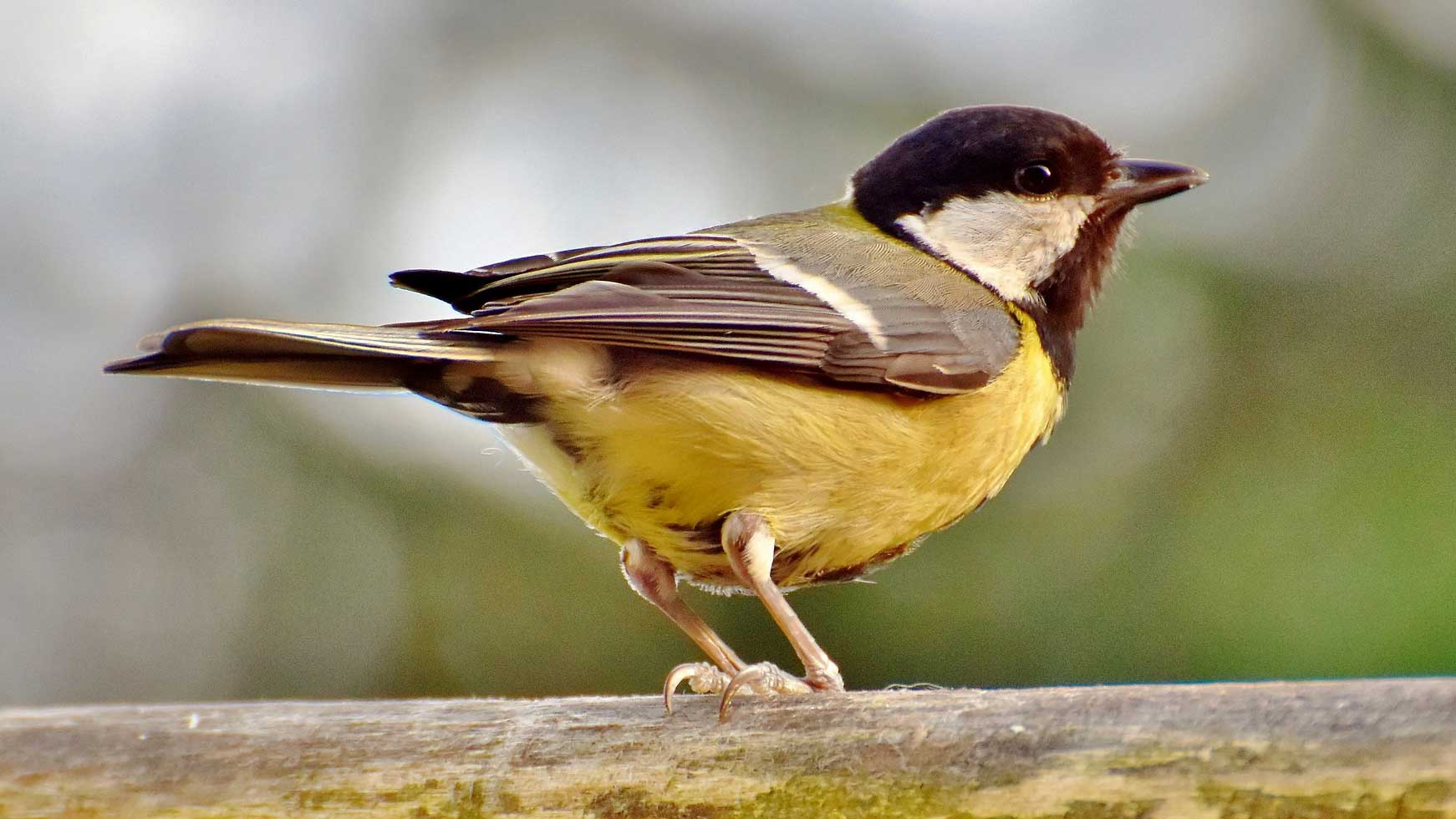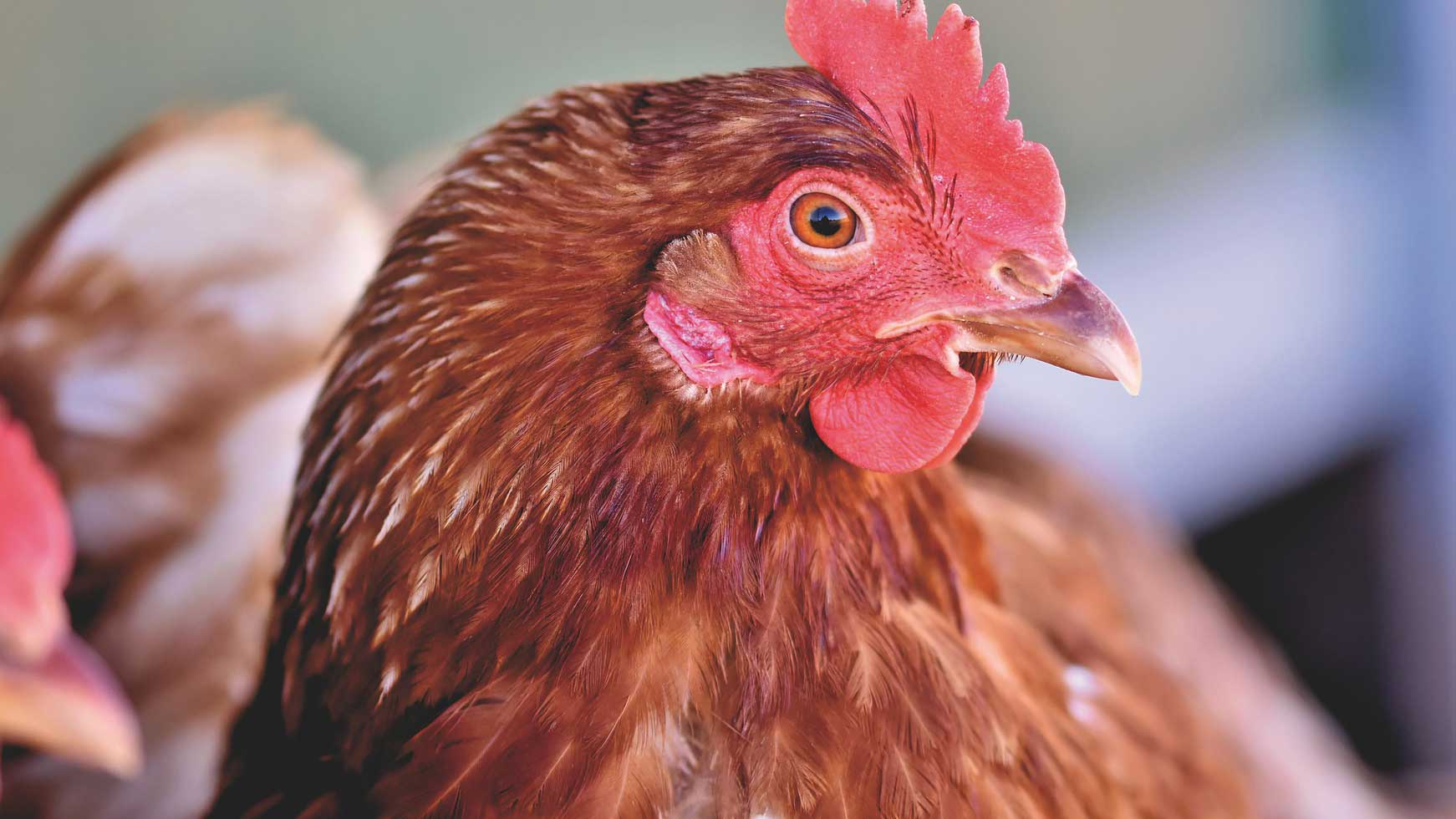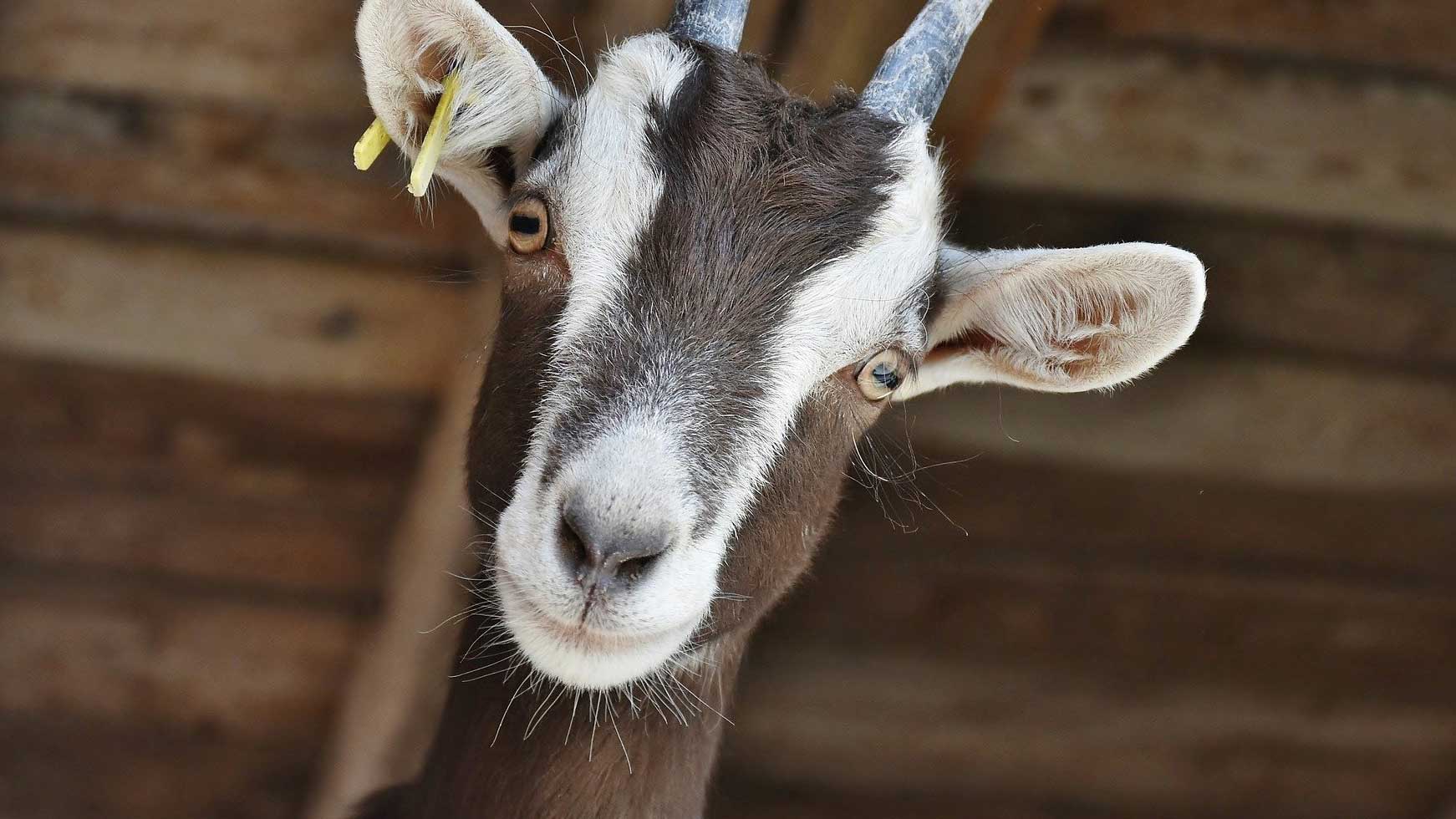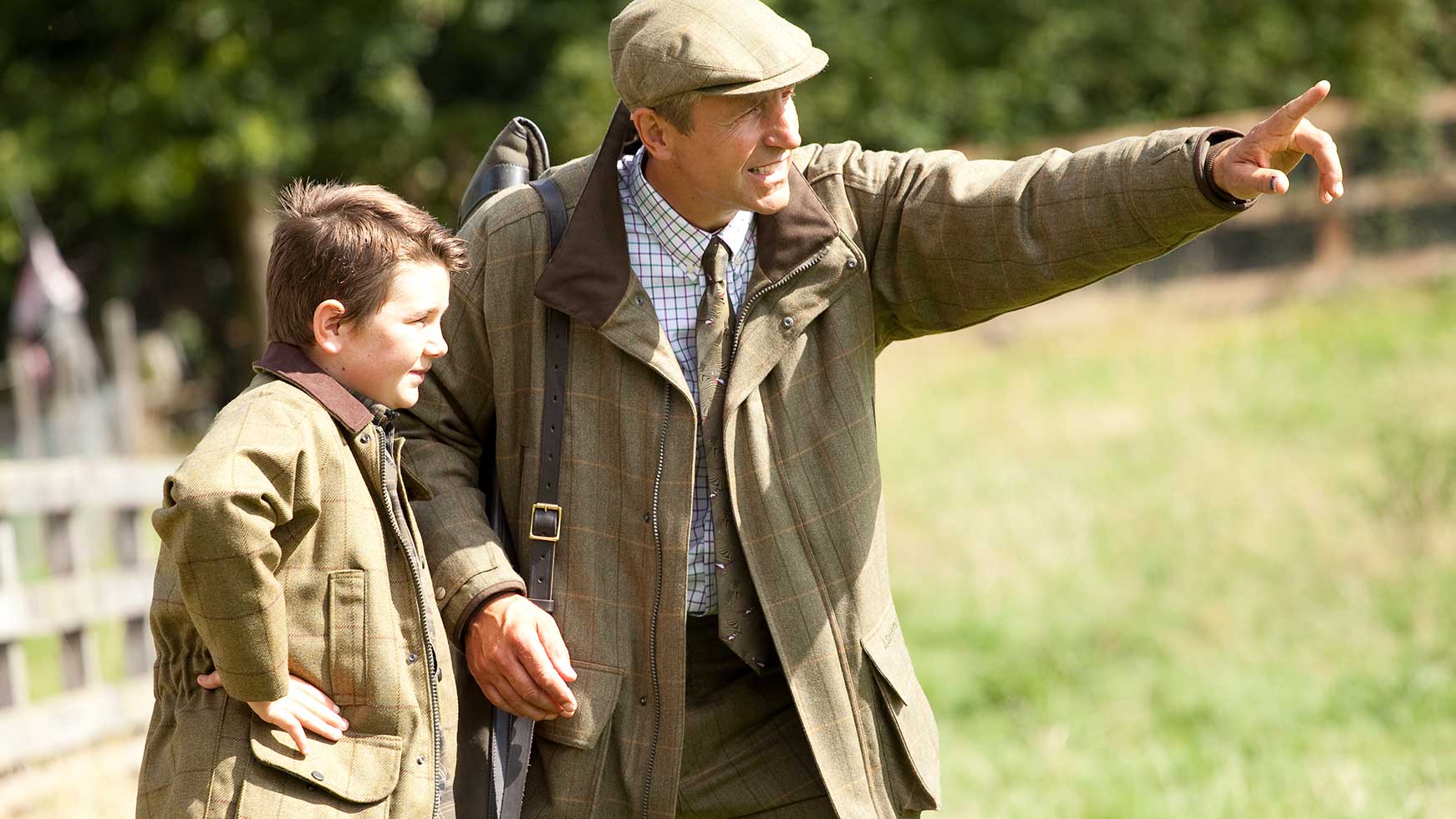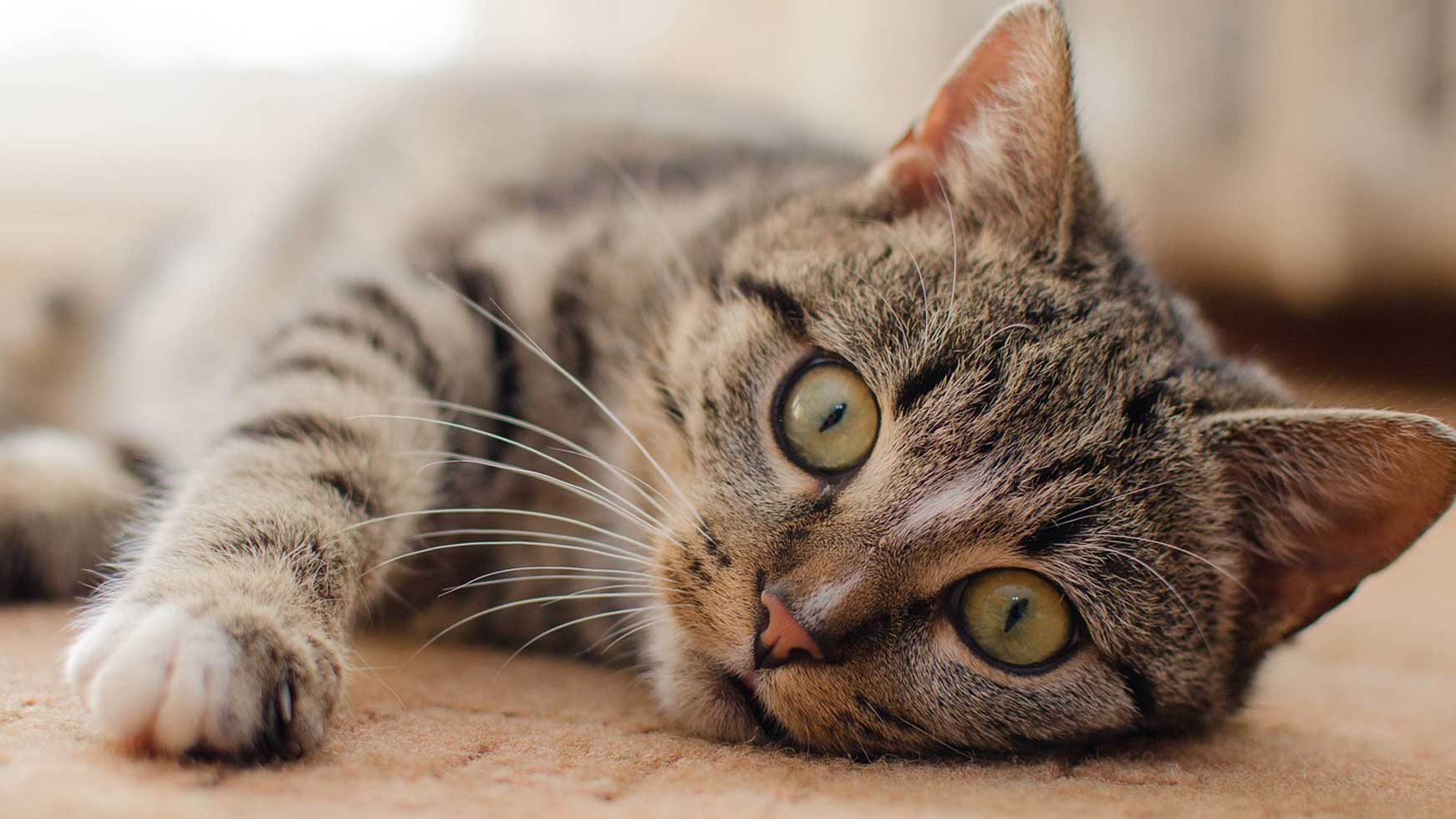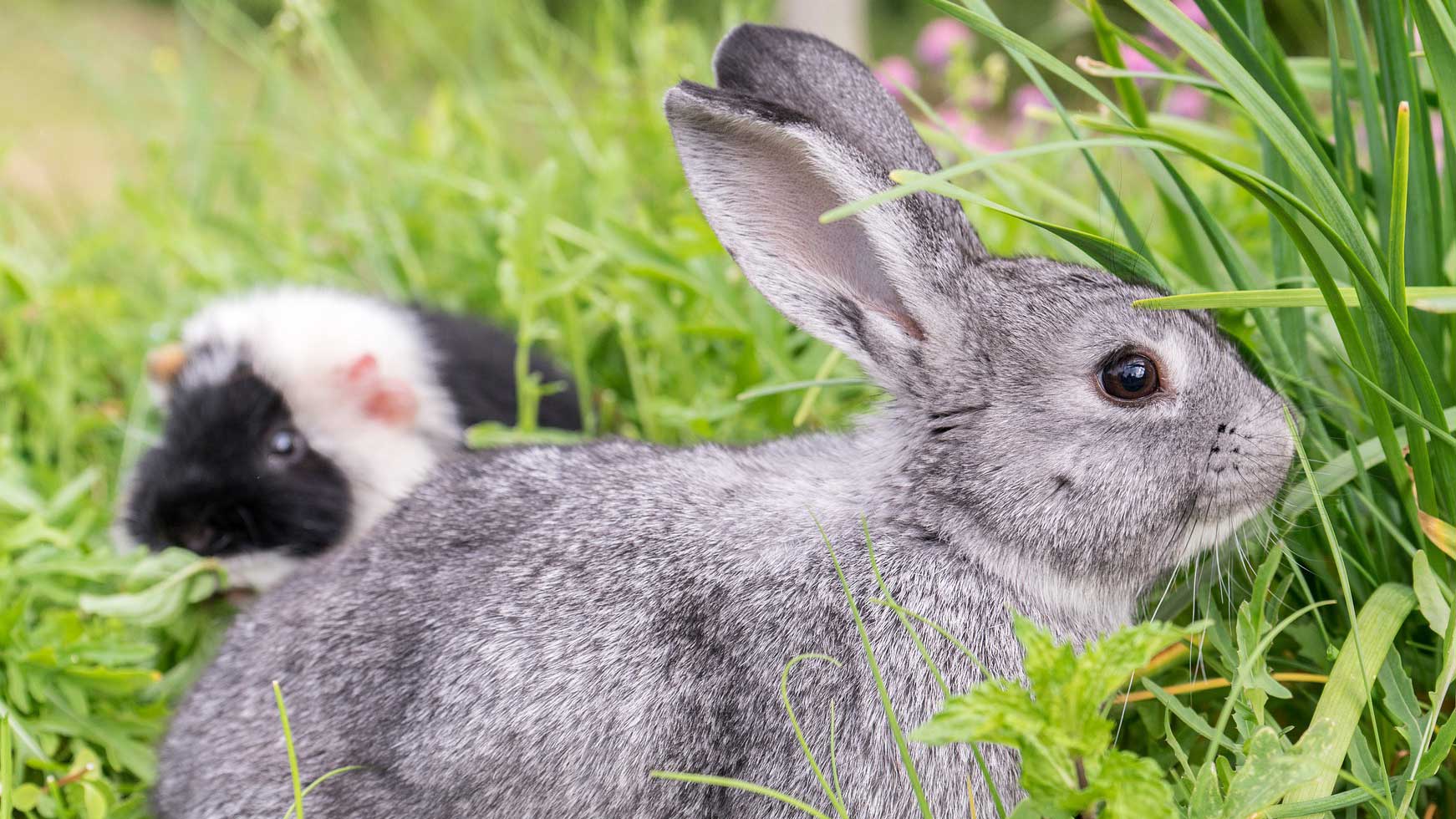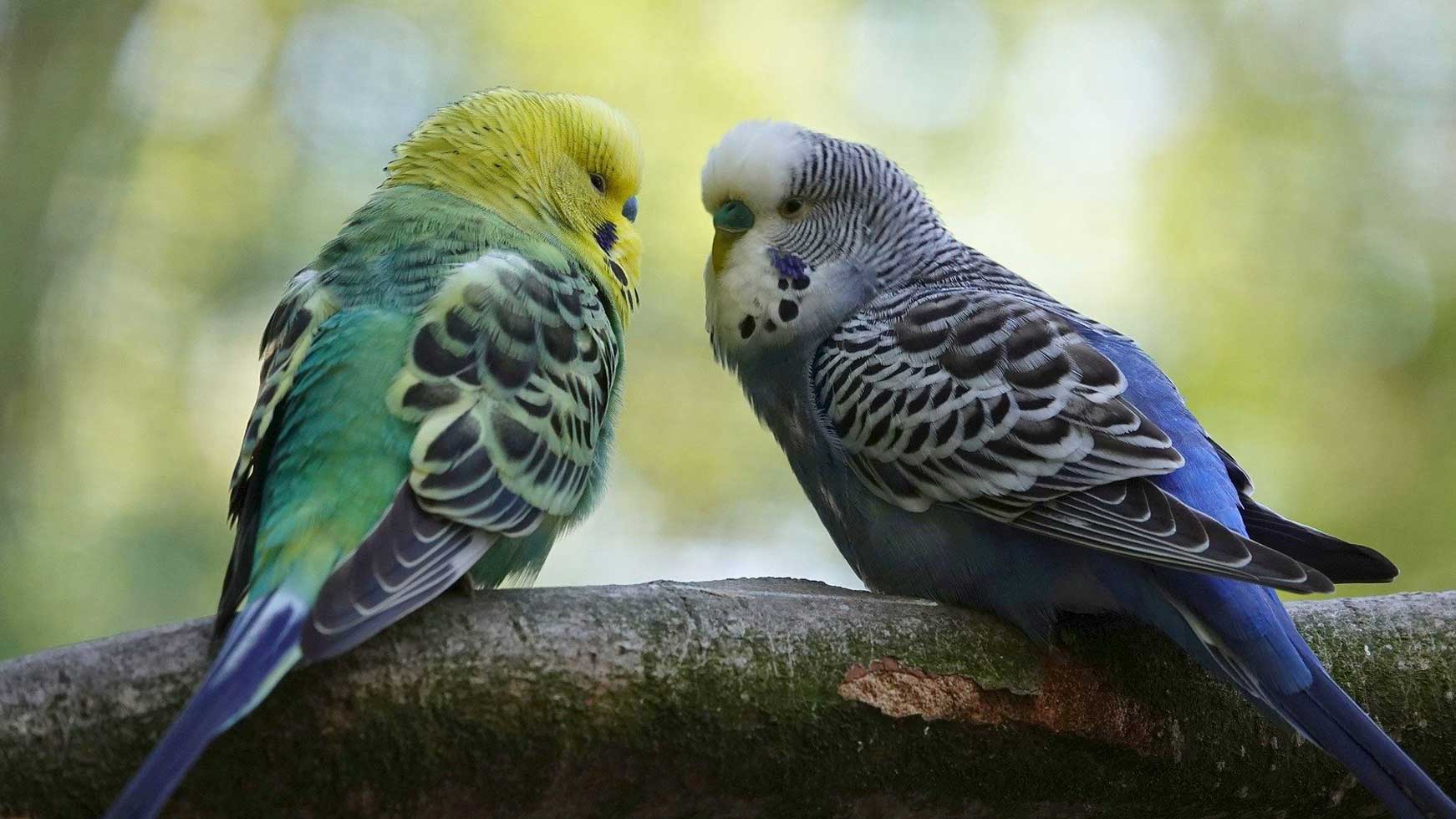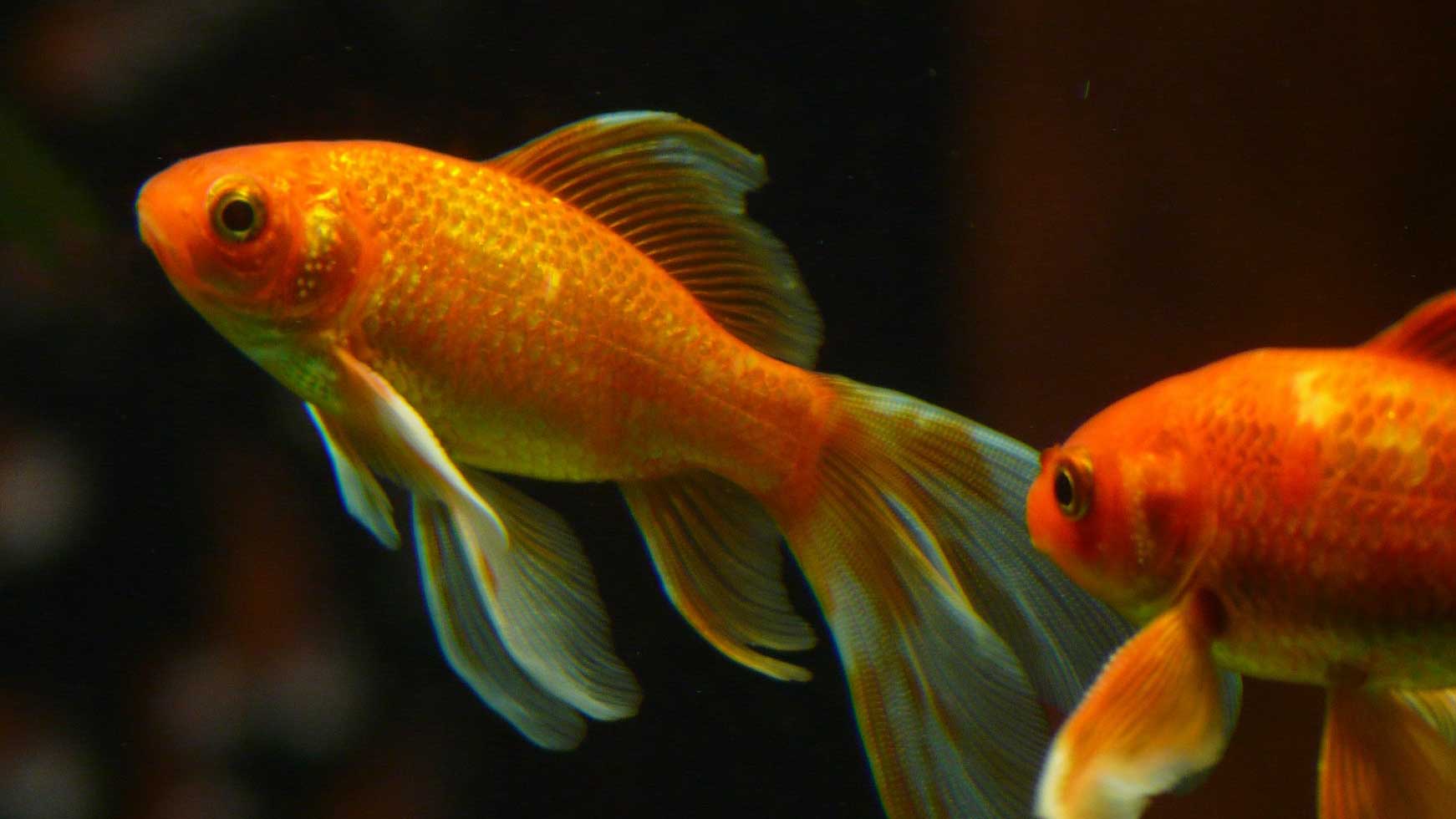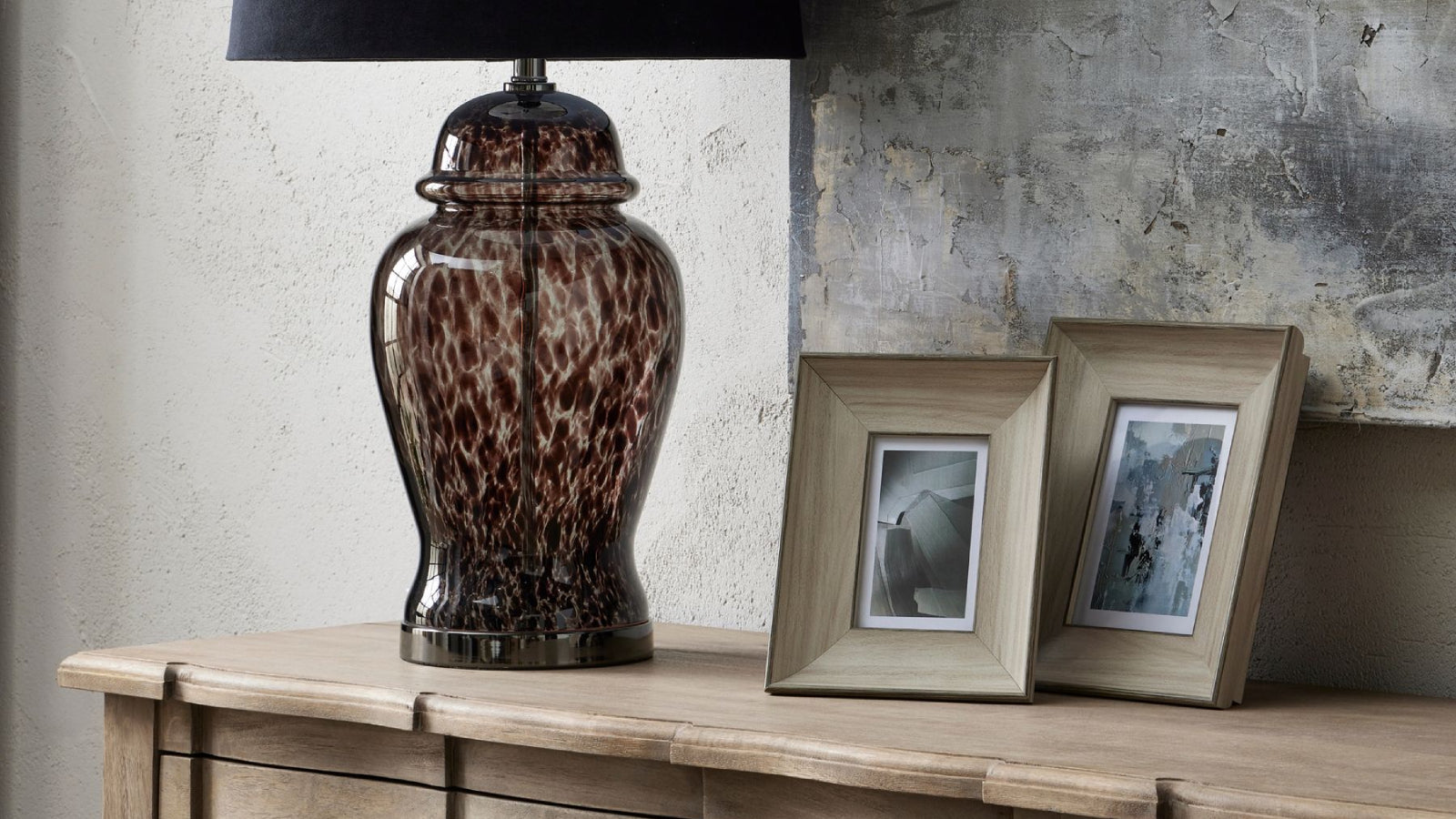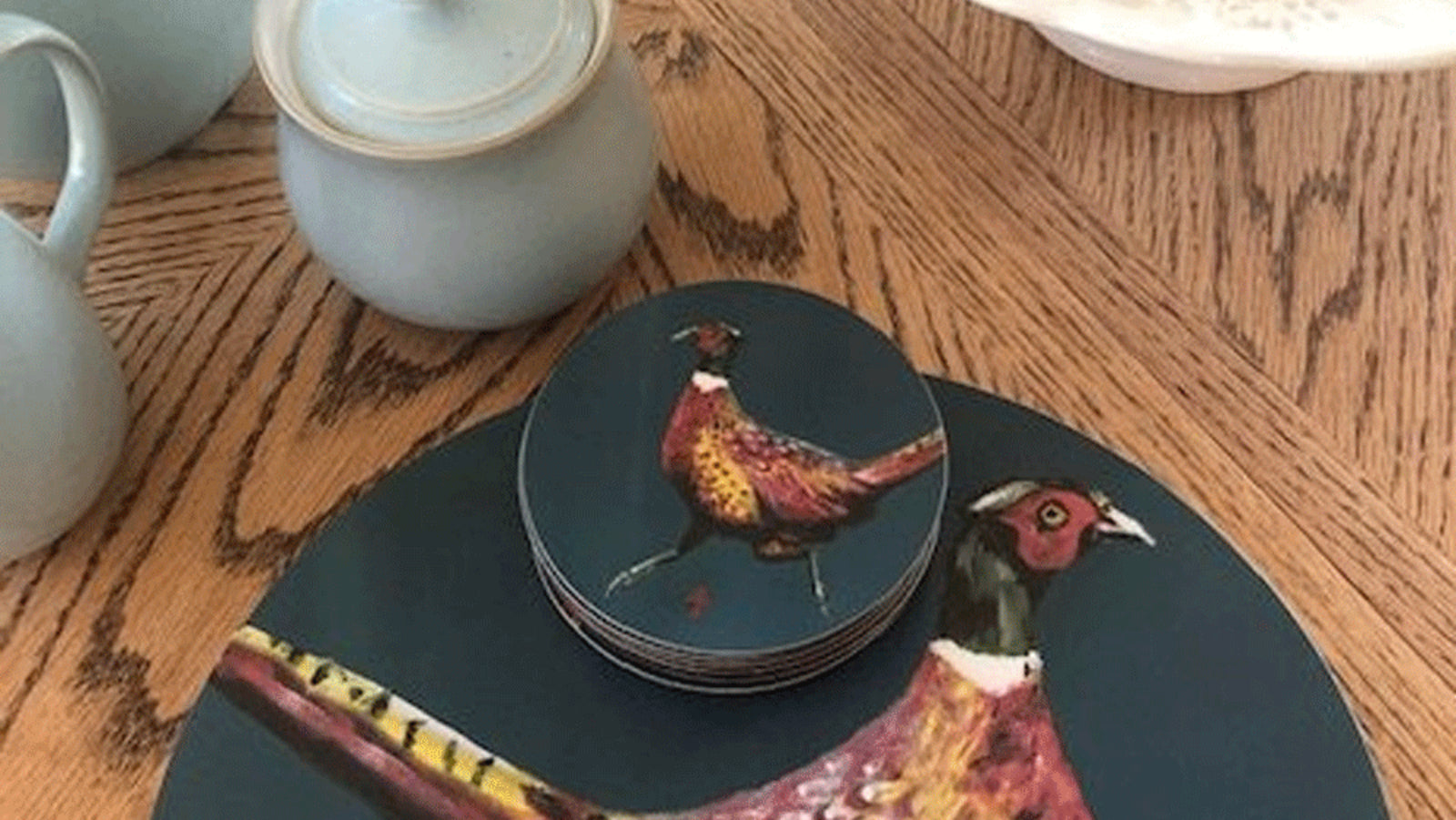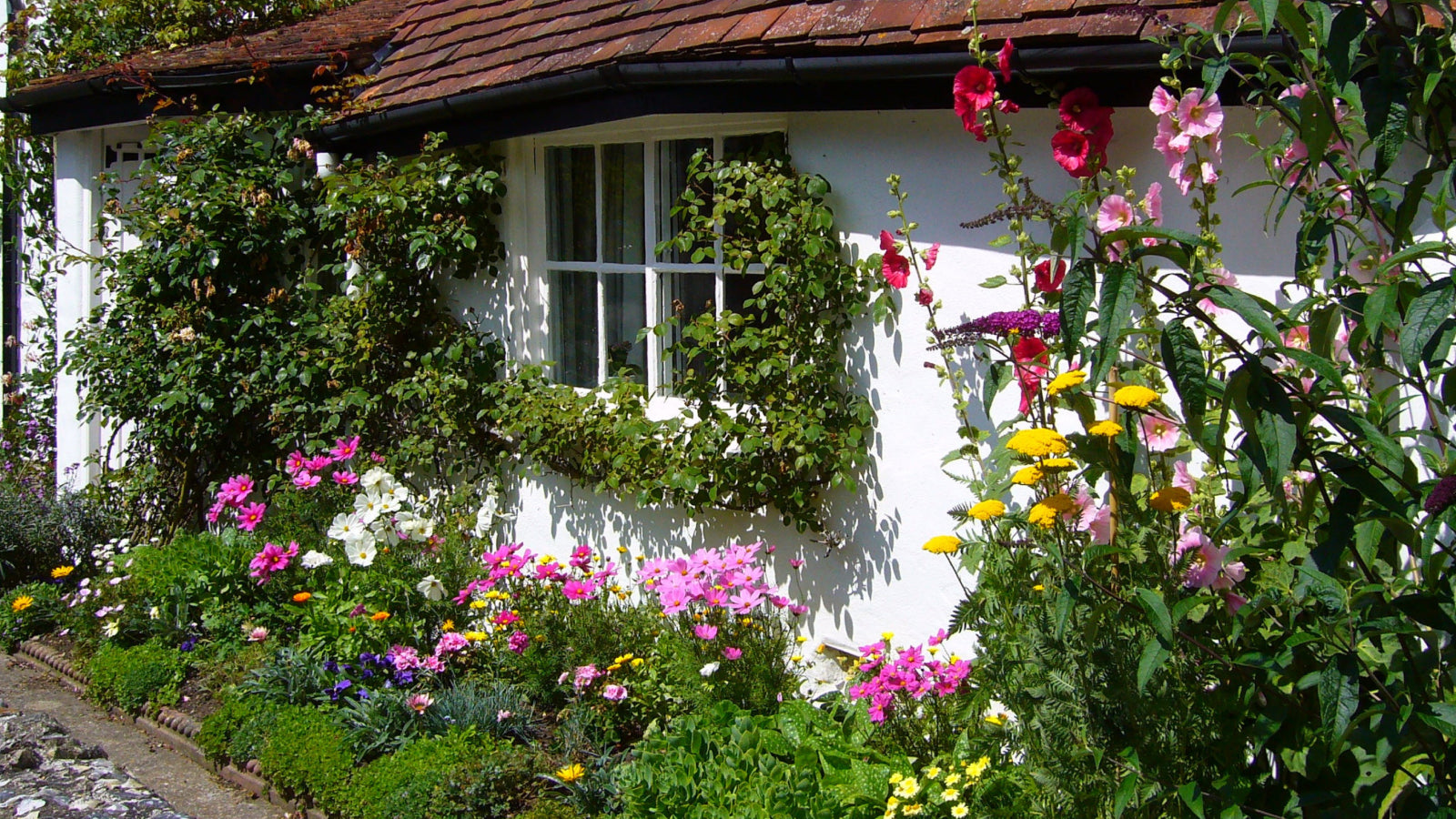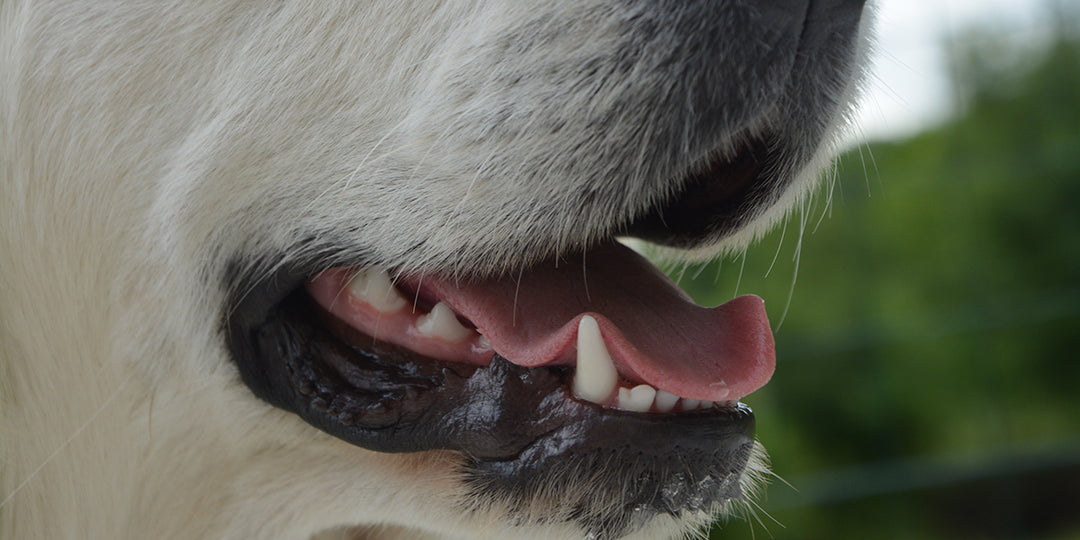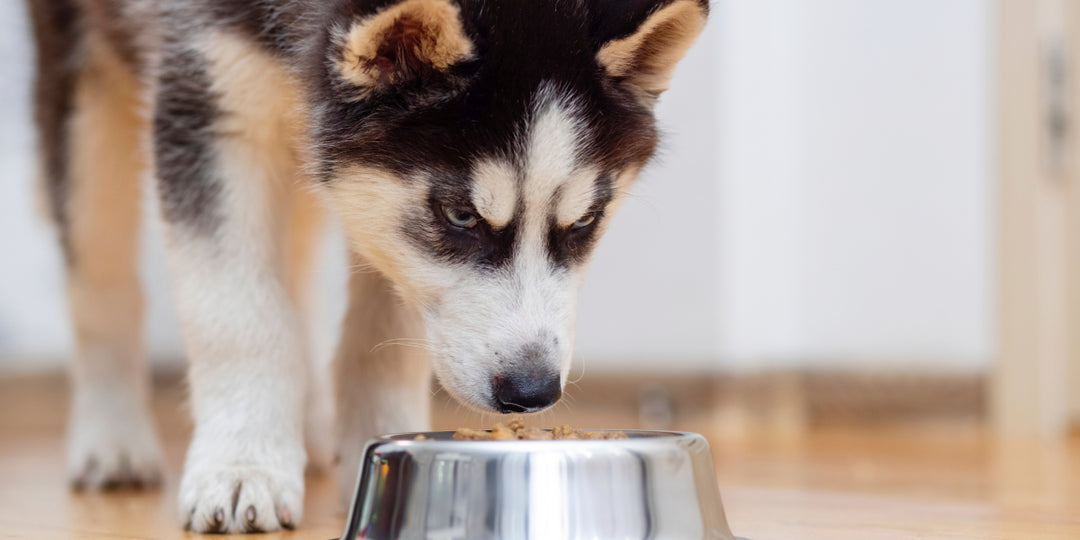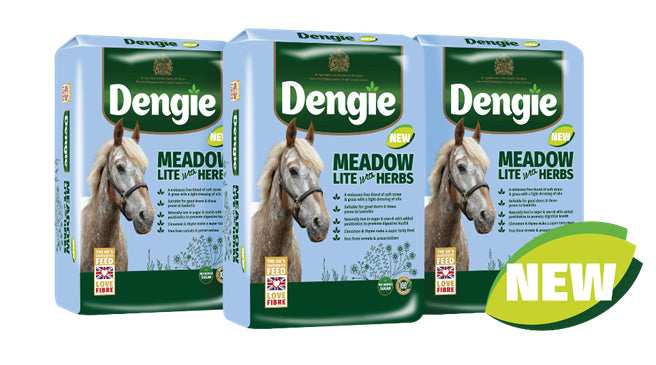How Much Does It Cost To Own A Horse?

Owning your own horse or pony may have been your dream for as long as you can remember; whether it be for the glorious hacks out in the summer sunshine, a gentle giant to keep you company on the weekend or even an ex-racehorse to keep you on your toes in the school, there are lots of positives to owning a horse but with that there is, unfortunately, ongoing expense. They say that “owning a horse is a lifestyle that will change everything you know”, owning a horse is by all means not plain sailing but it is one of the most rewarding decisions you can make.
First and foremost, the cost of buying or loaning a horse goes way beyond the initial purchase price, and before you go ahead and purchase a horse you will need to make sure you can afford the upkeep. The costs are ongoing and there won’t be one month where the horse isn’t costing you. These costs should be budgeted for before you take on the responsibility of owning a horse. You will need to work out, minus your current out goings, how much disposable income you will have as this will determine whether owning a horse will be feasible or not.
How Much Does It Cost To Keep A Horse In Livery?
Not everyone is lucky enough to be in the position where they can keep their horse at home, if you are fortunate enough to do this, then you can dramatically save on livery or field rental costs. If you’re looking for a spot in the city to keep your horse you may need to rethink as most livery yards are in the countryside where fields are abundant and high rise are nowhere to be seen.
Most horse owners choose to keep their horse at a livery yard and these often have a range of great facilities for you and your horse, including; tack rooms, schooling arenas, muck heaps and jumps. Another advantage of a livery yard is that the yard will often fully maintain the fields used, whereas, if you were to rent a field from a farmer it would be your responsibility to maintain the field and remove the muck. Generally livery yards are a great place to socialise with other owners, making it a great place to make friends and get advice from other horse owners.
A recent BETA survey found that on average, horse owners spent £2,652 (£221 per month) on livery or £1,498 (£125 per month) on grazing. Below are the average prices of keeping a horse at livery or field grazing, but these prices will vary on the type of livery offered and location.
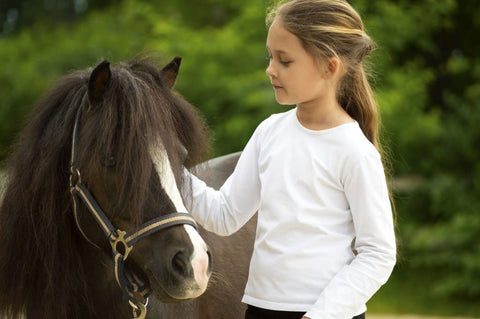
Renting field space from a farmer will typically cost from £20 per week; this will be entirely dependent on the farmer, location and size of field. Remember that the maintenance of the field and muck removal will usually be your responsibility and you might lose your field space if you do not adhere to this.
Grass Livery can be expected to cost in the region of £20-30 per week per horse.
For those who require stabling, or additional facilities, DIY livery is often the preferred option. DIY livery allows you to rent a stable and have use of grazing, but you are still responsible for all your horse’s care. If you are considering DIY livery, on most yards you will need to budget for hay or haylage, feed and bedding as these will not be included in the price.
Any additional care of the horse or any duties carried out by the staff at the livery yard will undoubtedly cost you extra, such as any help you may require if you were to go on holiday or become ill. These costs can be avoided if you can make friends at the yard as more often than not other owners tend to help each other out and cover holidays and any days you cannot make it to the yard.
DIY Stabled Livery can be expected to cost in the region of £30-£60 per week per horse.
For owners who require additional help with the care of their horse, full livery or assisted livery is usually the best choice. As the services offered can vary depending on the yard, prices too can vary enormously. A basic yard might offer services from around £400 per month, but prices in the commuter belt near London could be nearer to £800.
Typically, Full Livery can be expected to cost in the region of £100-£175 per week per horse.
How Much Does It Cost To Feed A Horse?
If your horse is kept on grass livery, turned out 24/7, you will normally only require hay during the winter months to supplement their grazing when grass is scarce. The amount required will vary depending on the type and size of your horse or pony. You can expect to require hay for approximately 5 months of the year, but this can vary due to the weather and grass conditions. Small bale hay typically costs around £5 a bale, whereas pre-packed haylage with guaranteed nutritional content is typically around £10-£12 a bag. Buying large bales direct from the farmer can be a more cost effective way of purchasing, depending on your access to transport and storage.
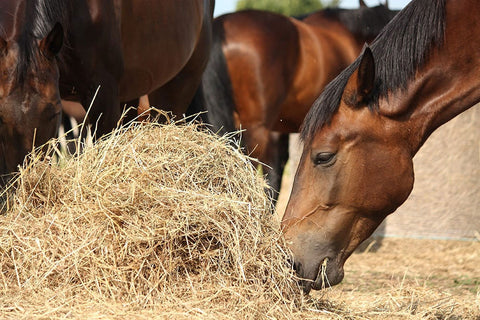
Haylage and hay can add an additional £10-20 a week to your grass livery costs when grass is in low supply.
When stabled, a horse will require hay all year round to compensate for the lack of access to grass whilst in his box. You can expect this to add around £10-20 a week to your livery costs. Stabled horses will also need bedding in the form of straw, shavings, paper, hemp, or wood pellets. Whilst a higher initial outlay, rubber stable matting can reduce the amount of bedding you require, so save you money in the long term. Straw is the cheapest bedding option and can cost as little as £3.50 a bale, adding a further £10-15 per week to your livery costs. Unfortunately straw does not work for all horses as it can cause coughs and some horses will eat it in excessive quantities. It can also be more time consuming to muck out. If straw is not suitable for you or your horse, you will need to look at an alternative bedding solution. The best bedding option would be to use rubber matting combined with wood pellets or shavings, the initial investment in rubber matting (approximately £50 - £70 a mat) is expensive but it will prove to be more cost effective in the long run.
In addition to bedding and forage, most horses will need additional hard feed and/or supplements, and that amount will depend entirely on the type, size and weight of a horse, its exercise routine and whether it is stabled or at grass. A horse or pony at grass all year and only receiving light exercise may need little additional feed, if any. However, a horse that is getting regular exercise and living out will usually require some hard feed and a stabled horse, with a rigorous exercise regime will most definitely need additional hard feed. Feed prices have increased dramatically over the recent months, with the 'cost of living crisis', and prices can fluctuate depending on seasonality, weather and grain costs. On average hard feed will cost between £40-£60 per month, this does not include any specialist feeds or horse feed supplements that the horse may require.
How Much Does It Cost To Insure A Horse?
Listen up, this one is important and not one to be ignored. Insurance may seem a costly expense each month but one that can potentially save you thousands of pounds if the worst was to happen. We’ve all heard horror stories of cascading vets bills and owners who didn’t have insurance needing to raise thousands of pounds in order to pay their vet’s bill. As the quality of care and available treatment options continues to improve, when your horse meets the vet it is rarely an inexpensive visit. Vet’s fees in case of illness or accident can be costly hence why many owners prefer to insure their horse against such fees.

The cost of insurance to cover death, straying, theft, vets fees is expected to cost a minimum of £35 per month. However, the cost of insurance will vary quite dramatically depending on the type of cover taken, the value of the horse and intended use, it is not unusual to see insurance costs of over £75 per month. Always take out insurance with a reputable company and remember that the cheapest quote may not always provide the best cover. Ask your vet for suggestions; they will know who the best companies are for settling claims.
In addition to the above, horse owners should also be insured for third-party liability after a legal case ruled that owners are responsible for any damage caused by their horses. Your horse insurance may cover you for equine public liability but do not assume that it will, as it is not always included in a regular horse insurance plan. If third-party liability is not by covered your insurance plan the most cost effective way to get third-party liability insurance is to become a Gold Member of the BHS this will cost you around £90 for 12 months cover or £68 for under 21’s. Public liability insurance is extremely important because horses are unpredictable animals and accidents can happen when you least expect them.
Vet Fees, Dentist Check-Ups & Worming
Horse insurance with comprehensive veterinary cover will cover your horse against most costly vet’s bills however, you will be expected to pay for your horse’s annual vaccinations against Influenza and Tetanus and these will cost in the region of £40 - £50 for the vaccinations plus a call out charge from the vet.
It is recommended that regular dentistry care should be undertaken by a vet or equine dentist annually to ensure that there are no sharp edges or other dental problems that may cause discomfort or distress to the horse. If a dental problem were to occur you can expect to need more regular visits. The average equine dental fees cost approximately £60-100 per visit.
All horses and ponies need have regular worm counts, and if worms are present, wormed whether they are stabled or at grass. Your typical wormer will cost between £10-£25 and the frequency required will vary depending on the type of wormer used and the worms the wormer targets. A worm count kit will cost around £20, which includes laboratory testing and full results.

How Much Does A Farrier Cost?
Few horses will be able to work without shoes, but most horses will need to be shod and will require new shoes every 4 to 6 weeks. Even an unshod horse will need to see the farrier as horse’s feet continually grow and need trimming. You can expect to pay approximately £30-£40 for trimming and £70-£100 for shoeing per visit.
Additional Costs of Horse Ownership
Horses have a tendency to throw up unexpected bills so it is important to have sufficient funds to cover any emergencies that may arise. The majority of the costs are listed above but there are always unexpected costs when it comes to owning a horse, such as when a horse casts a shoe and requires an extra farrier visit, an injury or unexpected illness that requires veterinary treatment and extra stabling and feed whilst recuperating. In addition to your regular monthly costings you will need to factor in medical products for minor cuts, shampoos, tack and rugs that may need repairing or replacing along with any tuition or competition fees you may require. We recommend having a contingency of at least £1,000 per year/£80 per month to cover any extras when calculating the cost of keeping a horse.
Below is a table summarising the average annual costs, as mentioned above, of keeping a horse or pony.
| Grass Livery | DIY Livery | Full Livery | |
| Livery Fees | £1,040 - £1,560 | £1,560 - £3,120 | £5,200 - £9,100 |
| Forage & Bedding | £200 - £500 | £1,100 - £1,820 | Usually Included |
| Feed | £480 - £720 | £480 - £720 | £480 - £720, Unless Included |
| Insurance | £90 - £1,080 | £90 - £1,080 | £90 - £1,080 |
| Vet & Dentist Fees | £100 - £175 | £100 - £175 | £100 - £175 |
| Farrier | £180 - £850 | £180 - £850 | £180 - £850 |
| Worming | £50 - £100 | £50 - £100 | £50 - £100 |
| Extras | £1,000 | £1,000 | £1,000 |
| Total - Best Case | £3,140 | £4,560 | £6,620 |
| Total - Worst Case | £5,185 | £8,865 | £13,025 |
Although the costs once calculated may seem daunting and unfortunately not feasible for everyone, there is nothing more rewarding than owning your own horse. They provide hours of entertainment, companionship and are second to none when it comes to enjoyable exercise! Just be prepared as they sadly do not come cheap but hey, if you can, you won’t regret it.
